Blog
- Home
- Blog
Exploring the Top 5 Advantages of Welded Wire: Data-Driven Insights for Construction and Agriculture
In recent years, the construction and agriculture sectors have increasingly turned to welded wire for its versatility and durability, underscored by relevant data-driven insights. According to the American Wire Producers Association, the demand for welded wire has surged by 20% over the past five years, primarily due to its effectiveness in providing security and structural integrity in various applications. This resilient material not only offers enhanced strength but also presents a cost-effective solution compared to traditional alternatives, with a reported 15% reduction in installation costs, as noted in a recent market analysis by IBISWorld. With the agricultural industry projected to grow at a CAGR of 5.5% through 2027, the utilization of welded wire for fencing and crop protection is becoming indispensable, signifying a shift towards more sustainable practices. This article aims to explore the top five advantages of welded wire, highlighting its significance in shaping modern construction and agricultural practices.
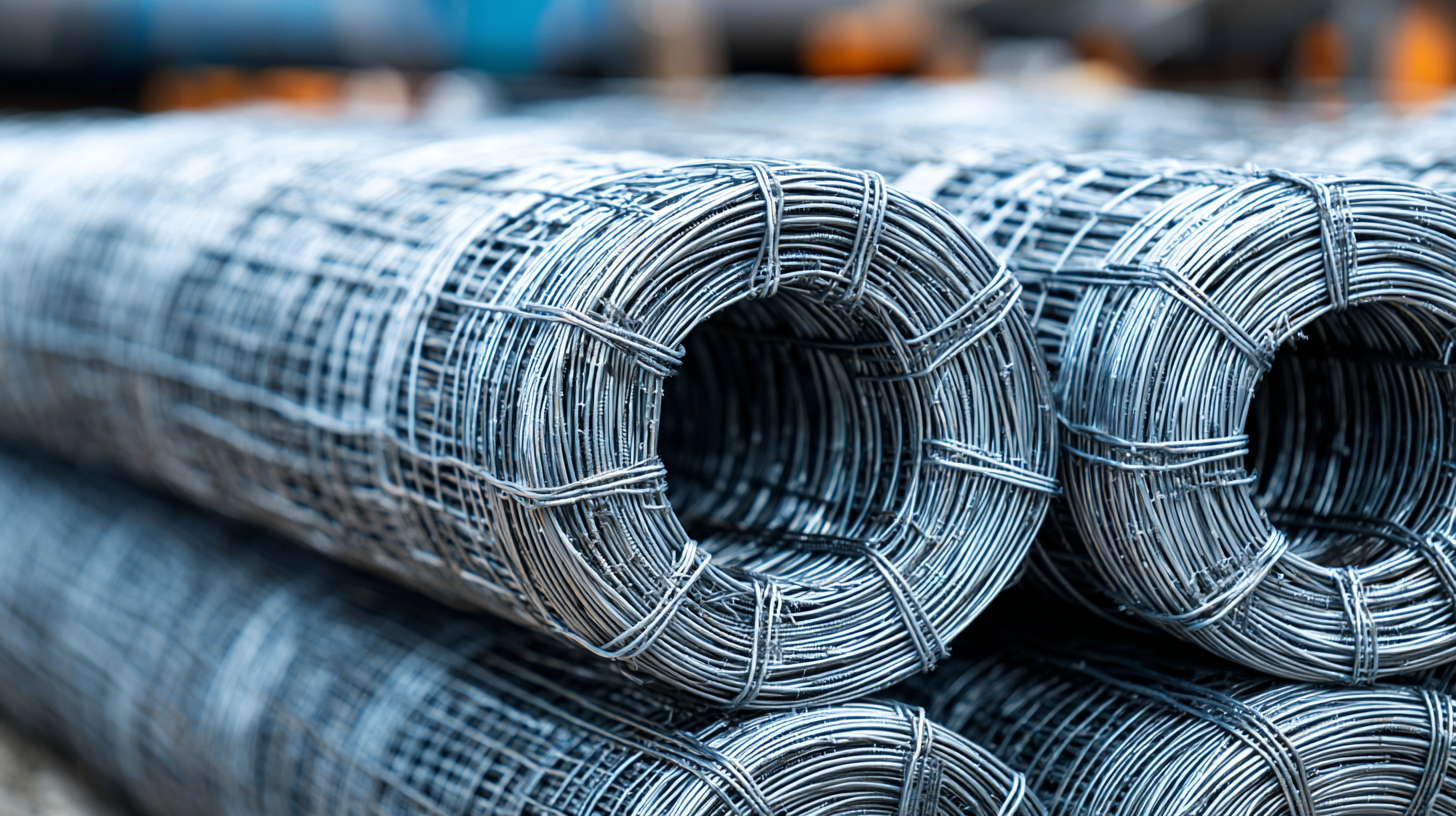
Benefits of Welded Wire: A Comprehensive Overview for Construction Projects
Welded wire has gained prominence in construction and agriculture due to its significant advantages over traditional fencing and structural materials. According to a report by the American Wire Manufacturers Association, the durability of welded wire significantly reduces maintenance costs, with a 30% decrease reported by projects utilizing this material compared to standard barbed wire. The welded configuration provides a robust barrier that withstands environmental stressors, making it ideal for both fencing and structural applications.
In the realm of agriculture, a study published by the International Society of Agriculture Engineering highlighted that the use of welded wire fencing resulted in a 25% increase in livestock containment efficiency. This effectiveness not only aids in better livestock management but also improves overall productivity on farms. Furthermore, the versatility of welded wire allows for various applications, from garden fencing to greenhouse frames, ensuring that farmers and builders can achieve their specific goals without compromising on quality or safety. These data-driven insights illustrate the comprehensive benefits that welded wire offers in construction projects, solidifying its position as a preferred material in the industry.
Cost Efficiency: Analyzing the Financial Benefits of Welded Wire in Agriculture
Welded wire has emerged as a vital component in both construction and agriculture, particularly due to its exceptional cost efficiency. According to the U.S. Department of Agriculture, welded wire fencing can reduce installation costs by up to 30% compared to traditional fencing methods. This significant financial benefit is primarily due to the reduced labor time gathered from the ease of installation and its durability, which minimizes the need for frequent repairs or replacements.
Additionally, the efficiency of welded wire extends to its multifunctional use in agricultural settings, as it effectively protects crops from wildlife while ensuring proper crop management practices. A recent study from the Agricultural Research Service indicates that using welded wire in vineyards and orchards can lead to a 20% increase in yield, as well-kept boundaries reduce crop damage from animals such as deer and beavers. This highlights the direct correlation between financial savings and the productive longevity of crops when utilizing welded wire, making it a sound investment for farmers looking to enhance their operational efficiency while maintaining a sustainable approach to wildlife management.
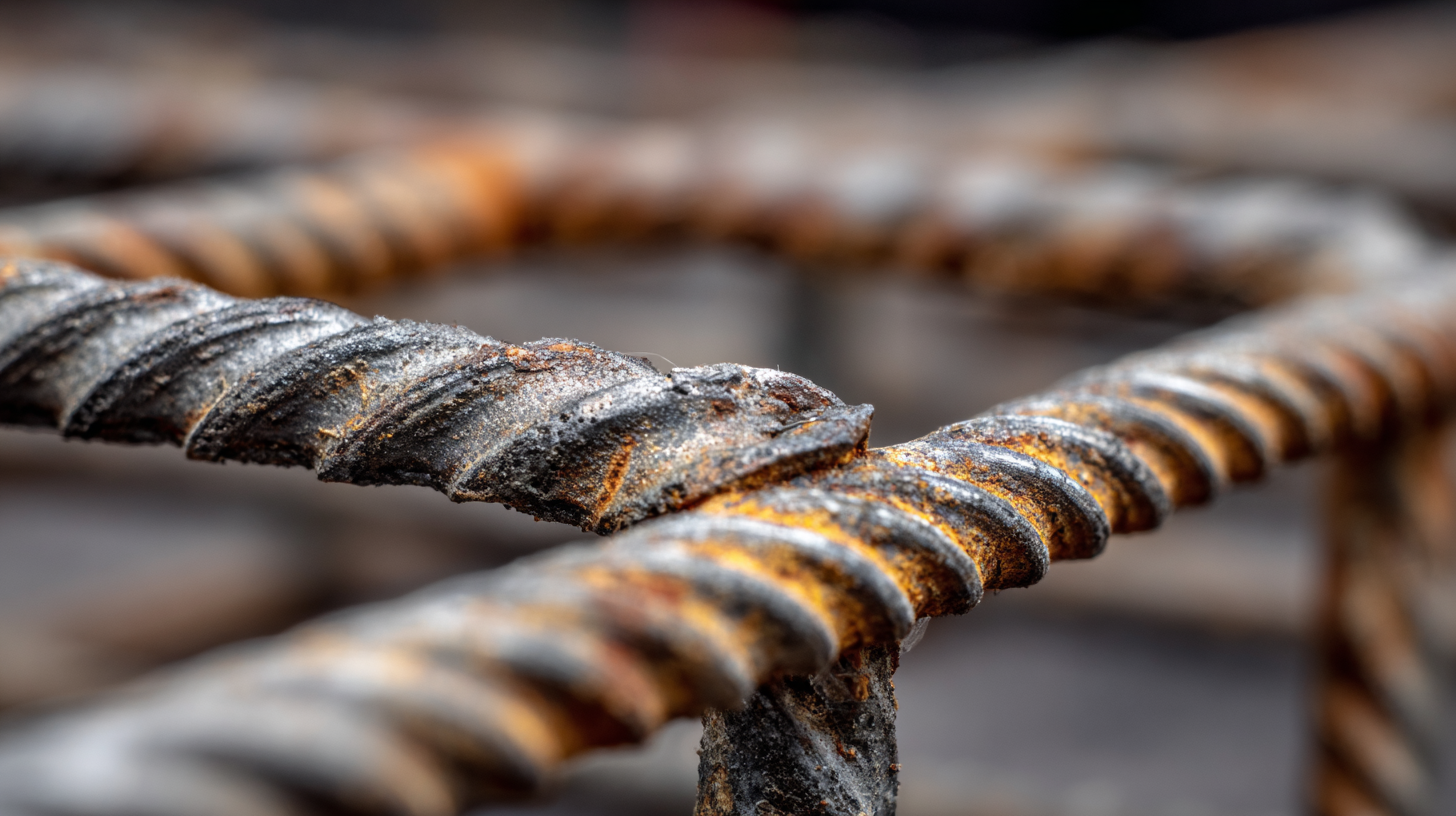
Durability and Longevity: Statistical Insights into Welded Wire’s Performance
Welded wire offers significant advantages for construction and agriculture, particularly in terms of durability and longevity. According to recent market analysis, the welded wire mesh panel sector is experiencing a growth rate of 7.25% CAGR, driven by increasing demand across various industries. This surge underlines a key point: welded wire is not just a trend; it’s a robust solution that can withstand the test of time, ensuring structural integrity and reducing replacement needs.
Statistical insights reveal that welded wire displays exceptional resistance to corrosion and extreme weather conditions, extending its lifespan considerably compared to traditional materials. The material’s superior strength and flexibility make it ideal for reinforcing structures, which contributes to safer and more reliable construction projects.
**Tips:** When selecting welded wire, consider its gauge and spacing to align with your project requirements. Additionally, always verify the manufacturer's certifications to ensure quality standards. Regular maintenance checks can further enhance the lifespan of welded wire applications in various environments.
Exploring the Top 5 Advantages of Welded Wire: Data-Driven Insights for Construction and Agriculture
| Advantage | Description | Durability Rating (Years) | Cost Efficiency ($/Square Foot) | Applications |
|---|---|---|---|---|
| High Strength | Resistant to pressure and heavy loads | 15 | $2.50 | Construction, Agriculture |
| Corrosion Resistant | Protects against rust and environmental damage | 20 | $2.80 | Fencing, Infrastructure |
| Versatility | Can be used in various sizes and shapes | 10 | $1.75 | Agricultural Structures, Storage |
| Easy Installation | Quick and straightforward to set up | 12 | $2.10 | DIY Projects, Temporary Fencing |
| Low Maintenance | Requires minimal upkeep over time | 25 | $2.00 | Parks, Gardens |
Safety Standards: How Welded Wire Complies with Industry Regulations
Welded wire has become a cornerstone in both construction and agriculture due to its robust nature and compliance with safety standards. These safety standards are not merely regulations; they reflect the commitment to maintaining structural integrity and protecting workers. Welded wire is manufactured to meet specific criteria set by industry bodies, ensuring that it can withstand the rigors of construction environments while also being safe for agricultural use. For instance, in settings where livestock is present, the durability of welded wire fencing minimizes the risks of accidents that could arise from weaker materials.
Tips for Ensuring Compliance: When selecting welded wire for your projects, always check for compliance with local and national safety regulations. Look for certifications from recognized authorities. Additionally, consider the specifications of the welded wire—such as gauge thickness and spacing—because these factors not only affect safety but also the overall performance of the material in its intended use.
Moreover, regular inspections and maintenance of welded wire installations can significantly enhance safety and longevity. Keep an eye out for signs of wear or damage, particularly in high-traffic areas. Ensuring that your welded wire systems are in optimal condition helps mitigate risks associated with structural failures or safety hazards, safeguarding both labor and livestock alike.
Versatility in Applications: Data on Welded Wire Uses in Various Sectors
Welded wire has emerged as an essential material across various sectors, with its versatility making it a preferred choice for many applications. In the construction industry, welded wire reinforcement (WWR) is increasingly used for concrete slabs and structures. According to a report by the American Concrete Institute, the use of WWR can significantly enhance concrete performance, leading to a reduction in cracks and an overall increase in durability by up to 25%. This data underscores the practicality of welded wire in meeting the demanding requirements of modern construction projects.
In agriculture, welded wire serves a multitude of purposes, from livestock fencing to garden trellises. A study by the Agricultural Research Service indicates that proper fencing not only protects crops and livestock but can also improve farm efficiency by up to 30%. Additionally, welded wire is often utilized in aquaculture for creating enclosures that guarantee the safety of aquatic life. The Global Aquaculture Alliance reports that the sturdiness of welded wire structures reduces losses attributed to predator attacks, making it a cost-effective investment for farmers in the sector. This adaptability across industries highlights the growing reliance on welded wire as an integral solution in both construction and agriculture.
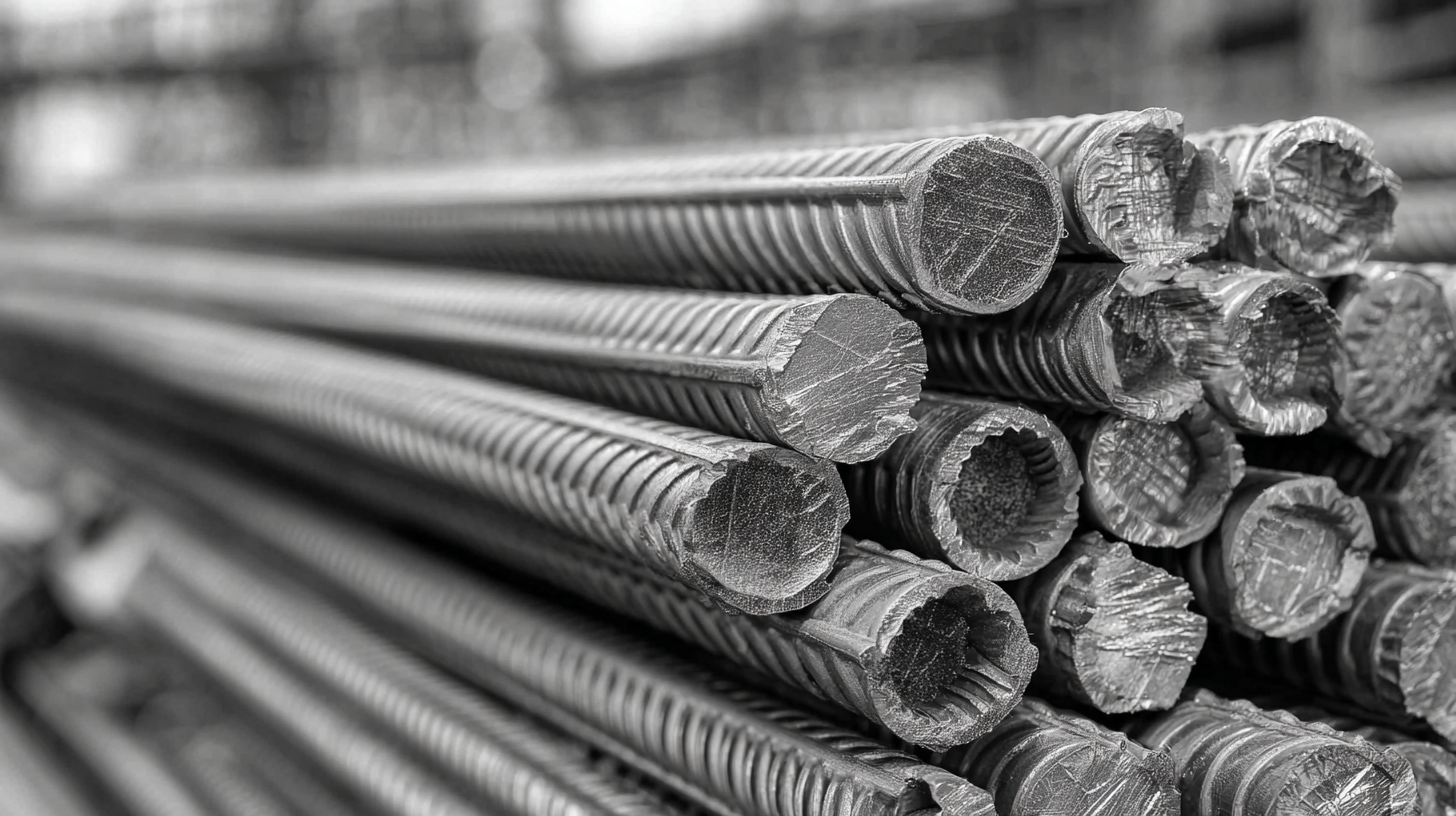
Related Posts
-

How to Choose the Right Fence Wire for Your Specific Needs and Projects
-
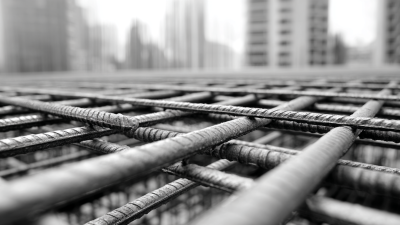
The Essential Guide to Understanding the Benefits of Welded Mesh in Modern Construction
-

Why Choosing Welded Wire Mesh Fence Can Enhance Your Property Security
-

7 Best Strategies to Choose the Right Fence Netting for Your Needs
-
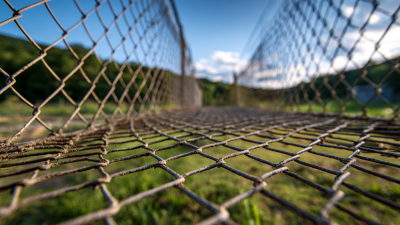
The Future of Best Fence Netting A Comprehensive Analysis of Market Trends Towards 2025
-

7 Reasons Why Welded Wire Fences Are Essential for Security and Durability
